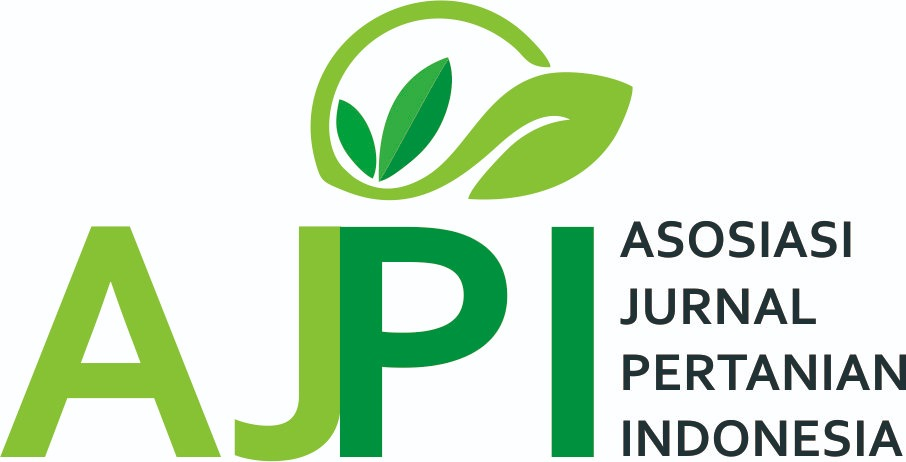Uji Kombinasi PGPR, Pupuk Anorganik dan Vermikompos terhadap Diameter dan Panjang Batang Tanaman Tebu (Saccharum officinarum L.) di Lahan Kering
DOI:
https://doi.org/10.33005/plumula.v12i1.141Keywords:
PGPR, Inorganic Fertilizer, Vermicompost Fertilizer, Stem Diameter, Stem LengthAbstract
Penelitian ini bertujuan untuk mengetahui pengaruh kombinasi PGPR, pupuk anorganik, dan vermikompos terhadap diameter dan panjang batang tanaman tebu. Kegiatan dilakukan di lahan penelitian PTPN XI Sukosari Lumajang pada bulan Oktober 2019 sampai Mei 2020. Penelitian ini menggunakan Rancangan Acak Kelompok Faktorial dengan faktor pertama ialah PGPR (P), perlakuan PGPR (P) terdiri dari 3 taraf perlakuan yaitu P0= tanpa PGPR; P1= PGPR 5 ml/L air; P2= PGPR 10 ml/L air dan faktor kedua ialah pemupukan (V), dimana V0= tanpa pemupukan; V1= 100% pupuk anorganik; V2= 50% pupuk anorganik + vermikompos 10 ton/ha. Parameter pengamatan meliputi diameter dan panjang batang tebu dianalisis menggunakan ANOVA dengan uji lanjut BNT pada taraf 5%. Hasil menunjukkan bahwa perlakuan tanpa PGPR + pupuk anorganik 50% (P0V2) menunjukkan pengaruh terbaik terhadap diameter batang dan perlakuan PGPR 5 ml/L air + pupuk anorganik 100% (P1V1) menunjukkan hasil terbaik terhadap panjang batang tebu.
Downloads
Downloads
Published
How to Cite
Issue
Section
License
Copyright (c) 2024 Dyah Pitaloka, Zainal Abidin, Anggraeni Hadi Pratiwi, Pratiwi

This work is licensed under a Creative Commons Attribution 4.0 International License.
Authors who publish with this journal agree to the following terms:
- Authors retain copyright and grant the journal right of first publication with the work simultaneously licensed under a Creative Commons Attribution License that allows others to share the work with an acknowledgement of the work's authorship and initial publication in this journal.
- Authors are able to enter into separate, additional contractual arrangements for the non-exclusive distribution of the journal's published version of the work (e.g., post it to an institutional repository or publish it in a book), with an acknowledgement of its initial publication in this journal.
- Authors are permitted and encouraged to post their work online (e.g., in institutional repositories or on their website) prior to and during the submission process, as it can lead to productive exchanges, as well as earlier and greater citation of published work (See The Effect of Open Access).











